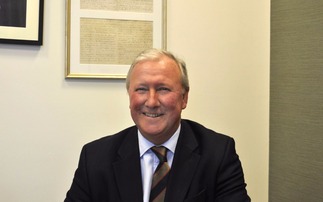Active share may be a useful way of comparing funds, says Sam Liddle, but it does not necessarily reflect manager skill and paying too much attention to the idea could even introduce risks for investors
Since the term was first coined by two finance professors in 2006, ‘active share' has grown to be an important consideration for fund selectors. As it measures how much an equity portfolio's underlying holdings differ from its benchmark, investors often use it as a guide to potential future outperformance as well as to decide whether a fund justifies its active management fees - or if it is really a ‘closet tracker'. But is high active share the best way to measure a manager's skill - and could too paying too close attention to it actually pose some risks to investors? When it come...
To continue reading this article...
Join Professional Adviser for free
- Unlimited access to real-time news, industry insights and market intelligence
- Stay ahead of the curve with spotlights on emerging trends and technologies
- Receive breaking news stories straight to your inbox in the daily newsletters
- Make smart business decisions with the latest developments in regulation, investing retirement and protection
- Members-only access to the editor’s weekly Friday commentary
- Be the first to hear about our events and awards programmes




